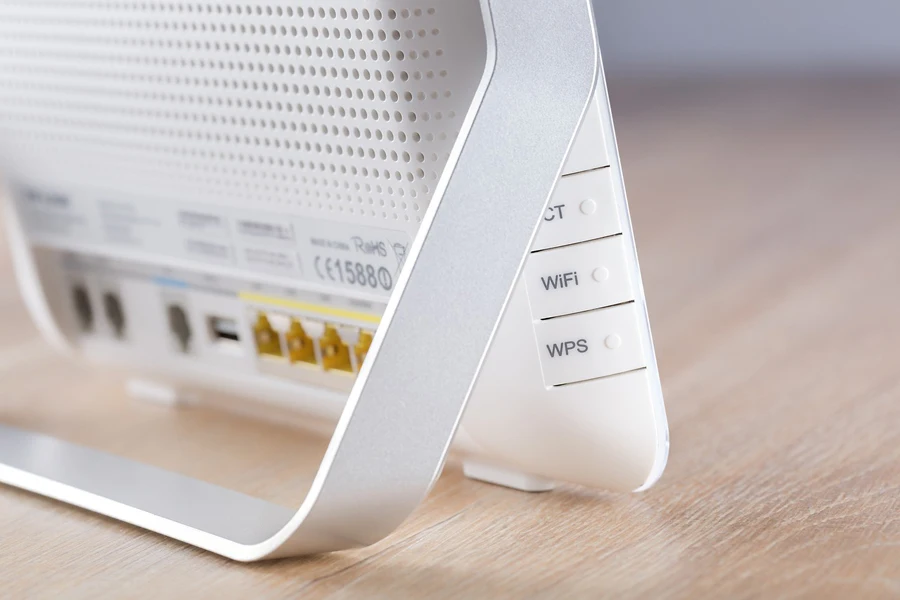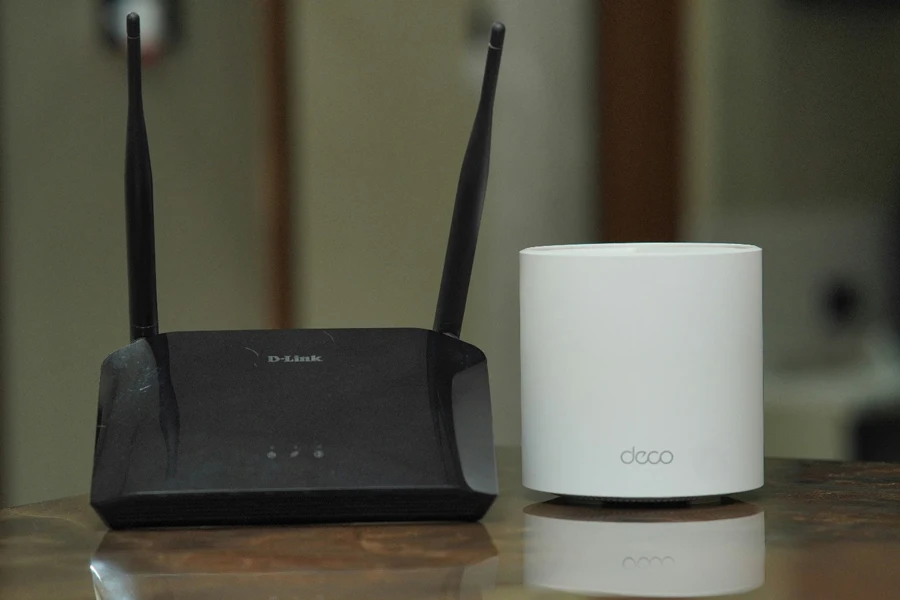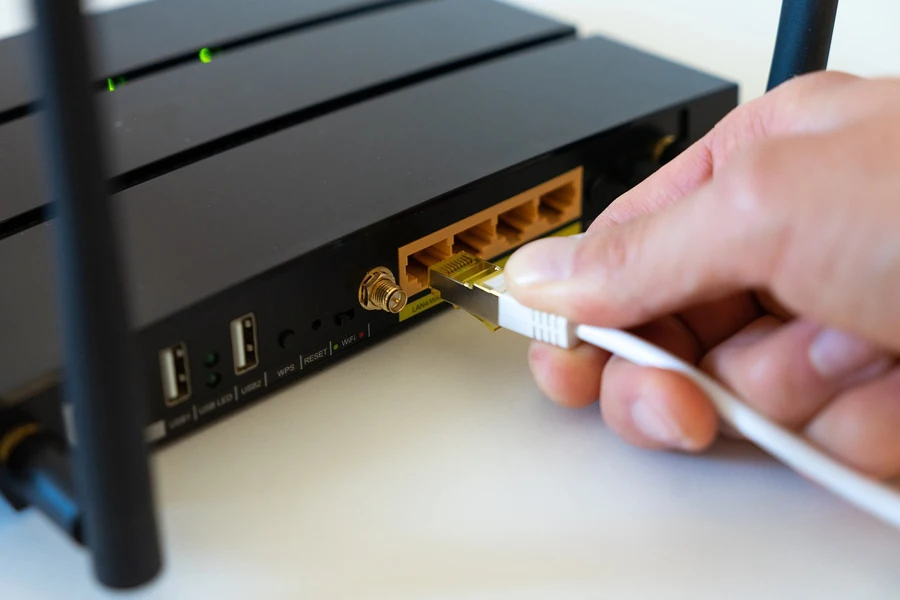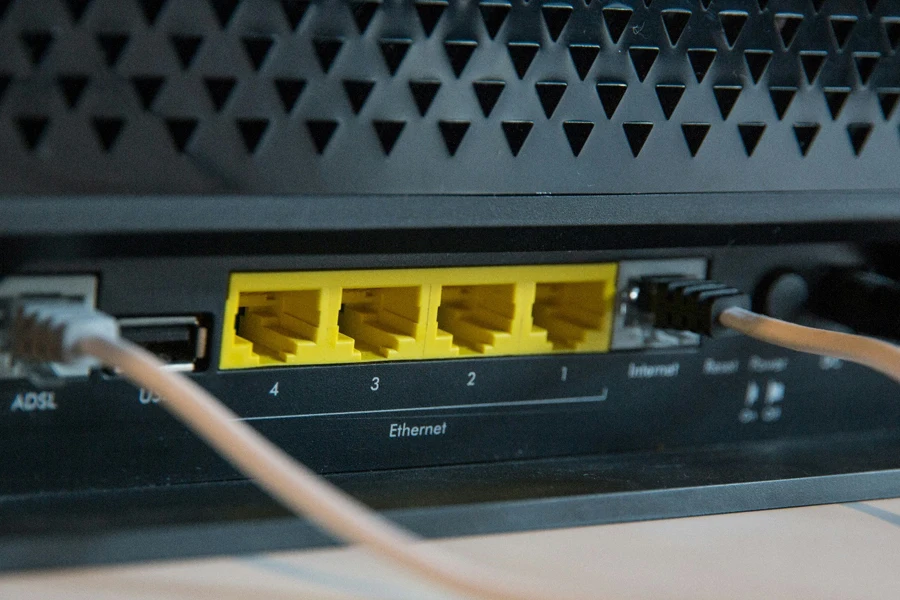In today’s digitally connected landscape, modems play a crucial role in maintaining seamless communication across various industries, making it essential for professional buyers to stay informed about the latest market trends. With the rapid advancements in 5G technology, security features, and multi-gigabit speeds, understanding the dynamics of the modem market is more critical than ever. This article delves into the key technological innovations and top-selling models driving market growth in 2024, providing valuable insights for informed purchasing decisions. By analyzing the latest trends and leading products, this guide aims to equip industry professionals with the knowledge needed to navigate the evolving modem landscape effectively.
Table of Contents
● Market overview: Understanding the growth drivers and market dynamics
● Key technology and design innovations: The evolution of modems in the digital era
● Top-selling models driving market trends: What’s leading the market in 2024
● Conclusion
Market overview: Understanding the growth drivers and market dynamics

Market scale and growth projections
The global cellular modem market is experiencing rapid growth, driven by the widespread adoption of advanced wireless technologies like 5G. According to MarketsandMarkets, the market size was valued at $4.8 billion in 2023 and is expected to reach $12.4 billion by 2028, reflecting a robust CAGR of 20.6% during this period. This growth is largely fueled by the increasing need for high-speed, reliable connectivity across various sectors, including Industry 4.0, smart cities, and telemedicine.
Key market drivers
Several factors are propelling this growth, with the adoption of 5G technology being a major driver. The transition from 4G to 5G networks is enabling higher data rates, low latency, and enhanced capacity, which are crucial for the expanding Internet of Things (IoT) ecosystem. Additionally, the rising demand for remote work solutions and telemedicine services is further increasing the need for advanced modem technologies that can support these applications. The growing integration of IoT devices, particularly in sectors like healthcare and smart cities, is also playing a significant role in boosting the demand for cellular modems.
Regional insights
The Asia Pacific region is poised to be the fastest-growing market during the forecast period. The region’s rapid urbanization and increasing internet penetration are major factors contributing to this growth. The ongoing rollout of 4G and 5G networks in countries like China, Japan, and South Korea is significantly improving connectivity infrastructure, driving the adoption of cellular modems. Furthermore, government initiatives supporting digitalization and smart city projects are encouraging investments in cutting-edge cellular modem solutions across the region.
Key technology and design innovations: The evolution of modems in the digital era

5G integration and its impact
The integration of 5G technology into modems is reshaping performance capabilities by leveraging higher frequency bands, such as mmWave (millimeter wave), to achieve unprecedented data transfer rates. These 5G modems utilize massive MIMO (Multiple Input Multiple Output) and beamforming techniques to increase both the capacity and efficiency of wireless networks. The use of carrier aggregation, which combines multiple frequency bands to create a larger data pipeline, enables these modems to deliver download speeds exceeding 10 Gbps and latency as low as 1 millisecond. These advancements are critical for applications requiring real-time data processing, such as augmented reality (AR), autonomous driving, and industrial automation. The shift to 5G also includes support for network slicing, allowing modems to cater to specific use cases with dedicated bandwidth and resources, ensuring reliable performance in diverse scenarios.
Multi-gigabit speed advancements
The push towards multi-gigabit speeds in modems is driven by the need to support increasingly demanding internet applications. Modems leveraging DOCSIS 3.1 technology are now equipped with 32 downstream and 8 upstream channels, allowing them to achieve theoretical maximum speeds of up to 10 Gbps downstream and 2 Gbps upstream. These modems utilize Orthogonal Frequency-Division Multiplexing (OFDM), which enhances data transmission efficiency by splitting signals into smaller subcarriers, reducing interference and improving signal reliability. Low-Density Parity-Check (LDPC) coding is another critical feature, enabling error correction during data transmission, thus ensuring higher data integrity and throughput. This technology is particularly beneficial for environments with heavy network traffic, such as smart homes or businesses with multiple high-bandwidth devices.
Security enhancements

Modern modems are integrating advanced security measures to protect against increasingly complex cyber threats. Hardware-based security modules, such as Trusted Platform Modules (TPM), are now embedded in modems to provide secure key storage and cryptographic functions. These modems also support Advanced Encryption Standard (AES) 256-bit encryption, which offers robust protection for data transmitted over networks. Secure Boot is another feature that ensures the modem’s firmware is not tampered with during startup, safeguarding against unauthorized modifications. Additionally, the integration of AI-driven anomaly detection allows modems to monitor network traffic in real time, identifying and mitigating potential threats such as Distributed Denial-of-Service (DDoS) attacks before they can cause significant damage.
Mesh networking and AI optimization
Mesh networking technology has evolved to incorporate tri-band architecture, which dedicates a separate 5 GHz band for communication between nodes, leaving the other two bands for device connections, thereby reducing congestion and improving overall network performance. This architecture often includes self-healing capabilities, where the network automatically reroutes traffic if a node fails, ensuring uninterrupted connectivity. AI optimization in modems takes this a step further by using machine learning algorithms to analyze usage patterns, dynamically adjusting the Quality of Service (QoS) to prioritize critical activities such as video conferencing or online gaming. Dynamic frequency selection (DFS) is another AI-driven feature that allows modems to automatically switch to the least congested channels, minimizing interference from other devices and maximizing network efficiency.
Top-selling models driving market trends: What’s leading the market in 2024

ARRIS SURFboard S33
The ARRIS SURFboard S33 stands out in the gigabit and multi-gigabit modem segment due to its DOCSIS 3.1 compatibility, which enables it to deliver download speeds of up to 2.5 Gbps. This model is designed to be future-proof, supporting both current high-speed internet plans and upcoming multi-gigabit services. The S33 features a single 2.5 Gbps Ethernet port and a 1 Gbps Ethernet port, allowing users to fully leverage their internet connection across multiple devices. Its compact design and efficient cooling system ensure consistent performance, even under heavy network loads. This modem is particularly popular among users with gigabit or faster internet plans, as it provides the speed and reliability required for bandwidth-intensive activities such as 4K streaming and online gaming.
Motorola MB7420
The Motorola MB7420 is a top choice among average consumers due to its balance of reliability, performance, and affordability. It supports DOCSIS 3.0 with 16 downstream and 4 upstream channels, making it ideal for internet plans up to 686 Mbps. While it doesn’t reach the speeds of more advanced models, the MB7420 offers robust performance for most household needs, including HD streaming and online gaming. Its straightforward setup, two-year warranty, and compact design make it a preferred option for users looking for dependable, cost-effective internet connectivity without the need for higher-end features. The modem’s consistent performance and ease of use have made it a staple in many homes, particularly those with moderate internet requirements.
Netgear CM600 and CM3000
The Netgear CM600 is tailored for high-speed internet plans, supporting download speeds up to 960 Mbps through 24 downstream and 8 upstream channels. This model is popular for its reliability and slightly lower price point compared to other gigabit modems, making it a strong contender in the market. It features a sleek, vertical design that aids in cooling and saves space, which is particularly appreciated in setups with limited room.
On the other hand, the Netgear CM3000 is designed for multi-gigabit internet plans, boasting support for download speeds of up to 2.5 Gbps via its DOCSIS 3.1 technology. This modem includes 32 downstream and 8 upstream channels and a 2.5 Gbps Ethernet port, making it ideal for users who require the highest possible speeds for tasks such as 8K streaming or running multiple high-demand applications simultaneously. The CM3000’s ability to handle extreme data loads without compromising performance makes it a preferred choice for early adopters of the fastest internet plans available today.
Emerging models to watch
The modem market is also seeing the introduction of newer models that could disrupt the status quo. The ARRIS SURFboard SB8200, with its DOCSIS 3.1 compatibility, offers 32 downstream and 8 upstream channels, making it another strong contender in the multi-gigabit segment. Meanwhile, the Motorola MB8611 is gaining attention for its 2.5 Gbps Ethernet port and DOCSIS 3.1 support, providing a balance of high-speed performance and cost-effectiveness that appeals to both residential and small business users. Additionally, the Netgear Nighthawk CM2050V is worth noting for its integration of voice services with multi-gig internet speeds, positioning itself as a versatile option for those looking to combine fast internet with VoIP capabilities.
Conclusion

The modem market is poised for significant growth, driven by rapid technological advancements and the increasing demand for high-speed, reliable connectivity. As 5G integration, multi-gigabit capabilities, and enhanced security features continue to evolve, these innovations are reshaping the industry and setting new standards for performance. Leading models like the ARRIS SURFboard S33 and Netgear CM3000 are at the forefront of this transformation, catering to both current needs and future demands. The ongoing development of these technologies will play a crucial role in defining the future of connectivity, ensuring that businesses and consumers alike can meet the ever-growing requirements of the digital age.




